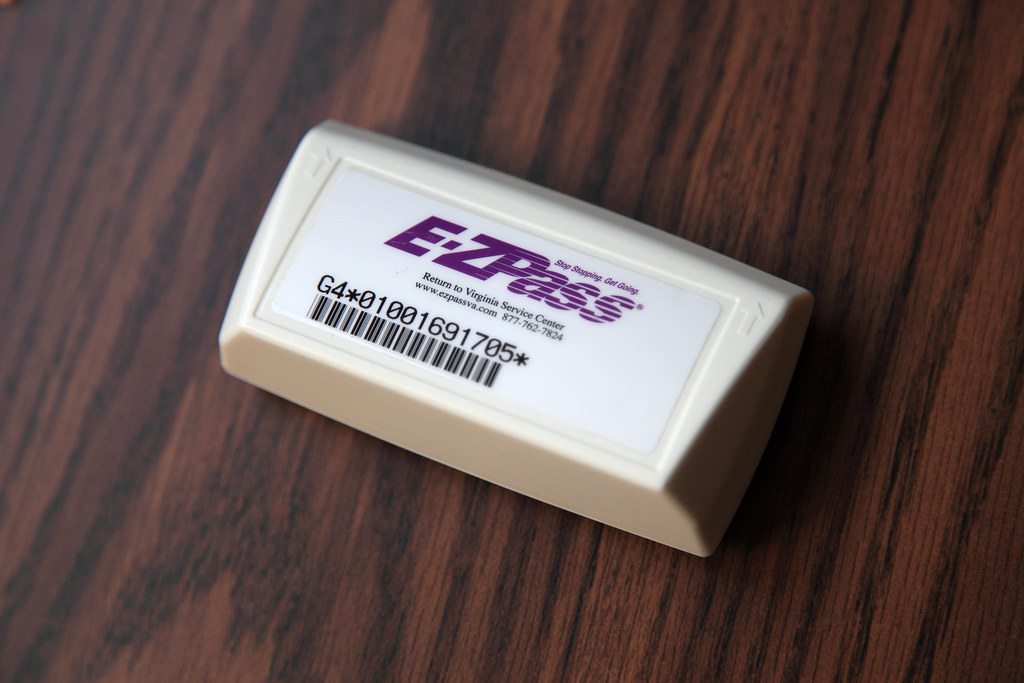
Additionally, the detection of individual discrete impacts is observed to be inherently probabilistic, which is inexplicable using classical mechanics. Other atomic-scale entities, such as electrons, are found to exhibit the same behavior when fired towards a double slit. These results demonstrate the principle of wave–particle duality. However, such experiments demonstrate that particles do not form the interference pattern if one detects which slit they pass through. Furthermore, versions of the experiment that include detectors at the slits find that each detected photon passes through one slit (as would a classical particle), and not through both slits (as would a wave).

However, the light is always found to be absorbed at the screen at discrete points, as individual particles (not waves) the interference pattern appears via the varying density of these particle hits on the screen. The wave nature of light causes the light waves passing through the two slits to interfere, producing bright and dark bands on the screen – a result that would not be expected if light consisted of classical particles. In the basic version of this experiment, a coherent light source, such as a laser beam, illuminates a plate pierced by two parallel slits, and the light passing through the slits is observed on a screen behind the plate.

Another version is the Mach–Zehnder interferometer, which splits the beam with a beam splitter. Changes in the path-lengths of both waves result in a phase shift, creating an interference pattern. The experiment belongs to a general class of "double path" experiments, in which a wave is split into two separate waves (the wave is typically made of many photons and better referred to as a wave front, not to be confused with the wave properties of the individual photon) that later combine into a single wave. He believed it demonstrated that Christiaan Huygens' wave theory of light was correct, and his experiment is sometimes referred to as Young's experiment or Young's slits. Thomas Young's experiment with light was part of classical physics long before the development of quantum mechanics and the concept of wave–particle duality. In 1927, Davisson and Germer demonstrated that electrons show the same behavior, which was later extended to atoms and molecules. With the beginning of modern physics, about a hundred years later, it was realized that light could in fact show behavior characteristic of both waves and particles. At that time it was thought that light consisted of either waves or particles. This type of experiment was first performed by Thomas Young in 1801, as a demonstration of the wave behavior of visible light. In modern physics, the double-slit experiment is a demonstration that light and matter can display characteristics of both classically defined waves and particles moreover, it displays the fundamentally probabilistic nature of quantum mechanical phenomena.

We make completing any MA E-Zpass Application for Individual less difficult.Light from a green laser passing through two slits 0.4mm wide and 0.1mm apart As an instant download, an attachment in an email or through the mail as a hard copy. There are various choices for getting the doc.
Mass easy pass download#

Add the date to the template with the Date feature.Ensure that the data you fill in MA E-Zpass Application for Individual is updated and accurate.Turn on the Wizard mode in the top toolbar to acquire more suggestions.Click the orange Get Form option to begin enhancing.The following tips, in addition to the editor will assist you through the whole procedure. A powerhouse editor is right close at hand providing you with an array of advantageous instruments for filling out a MA E-Zpass Application for Individual. With US Legal Forms the procedure of submitting legal documents is anxiety-free. The times of distressing complex tax and legal documents are over.


 0 kommentar(er)
0 kommentar(er)
